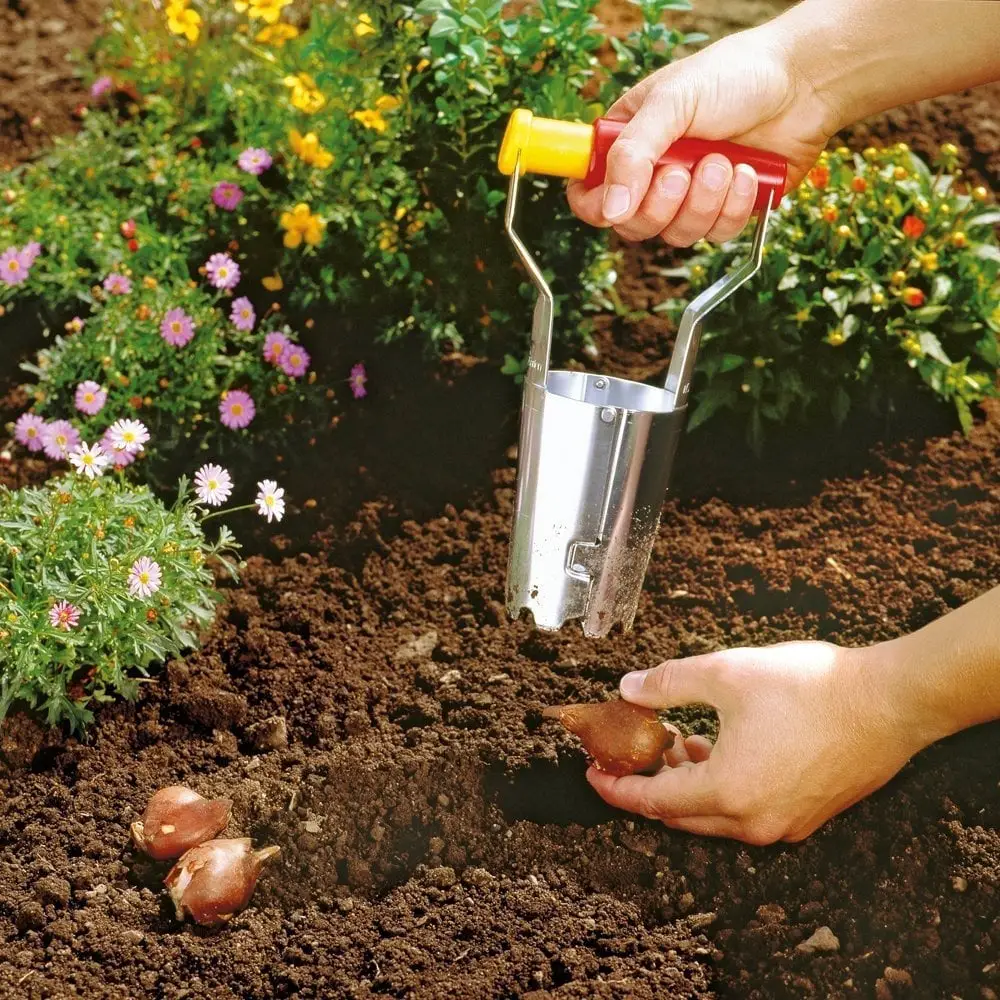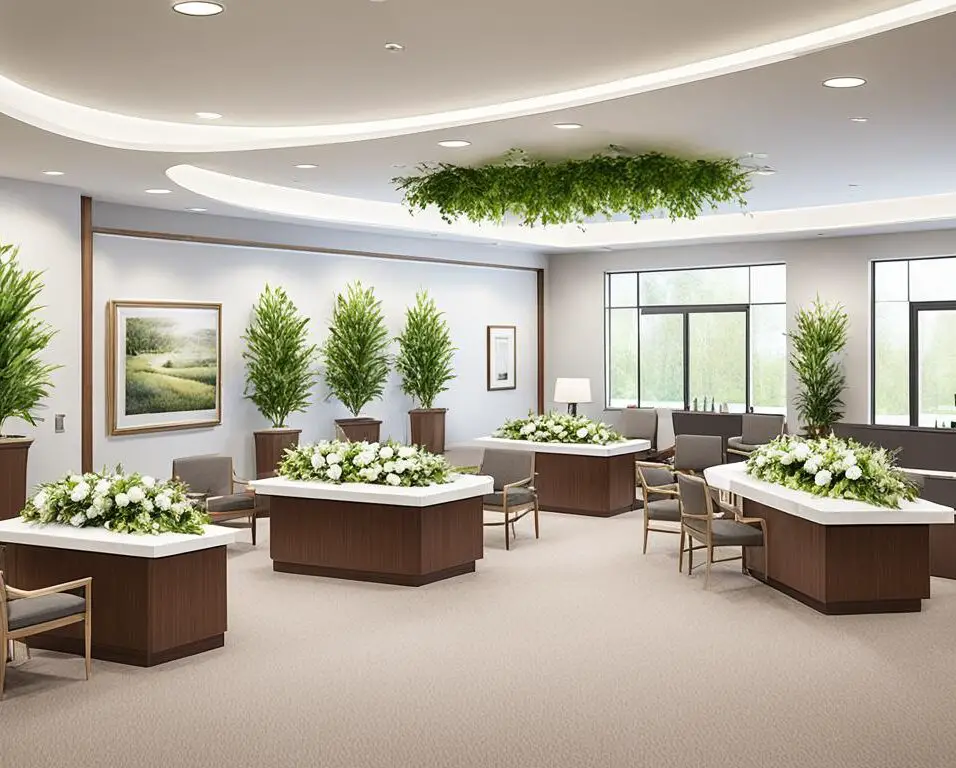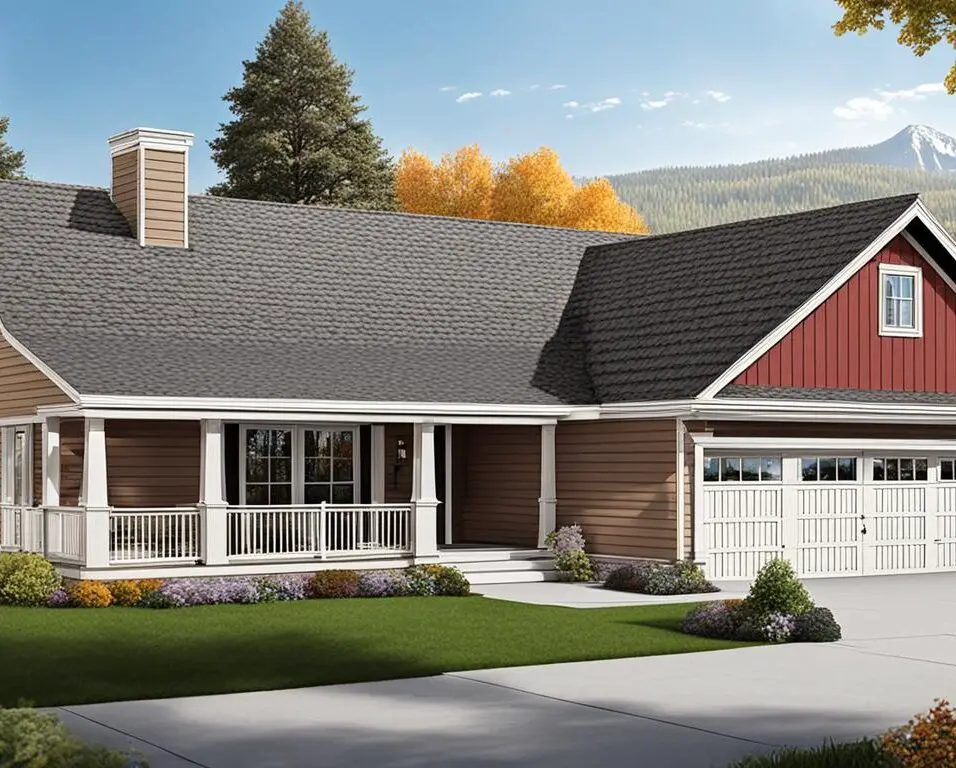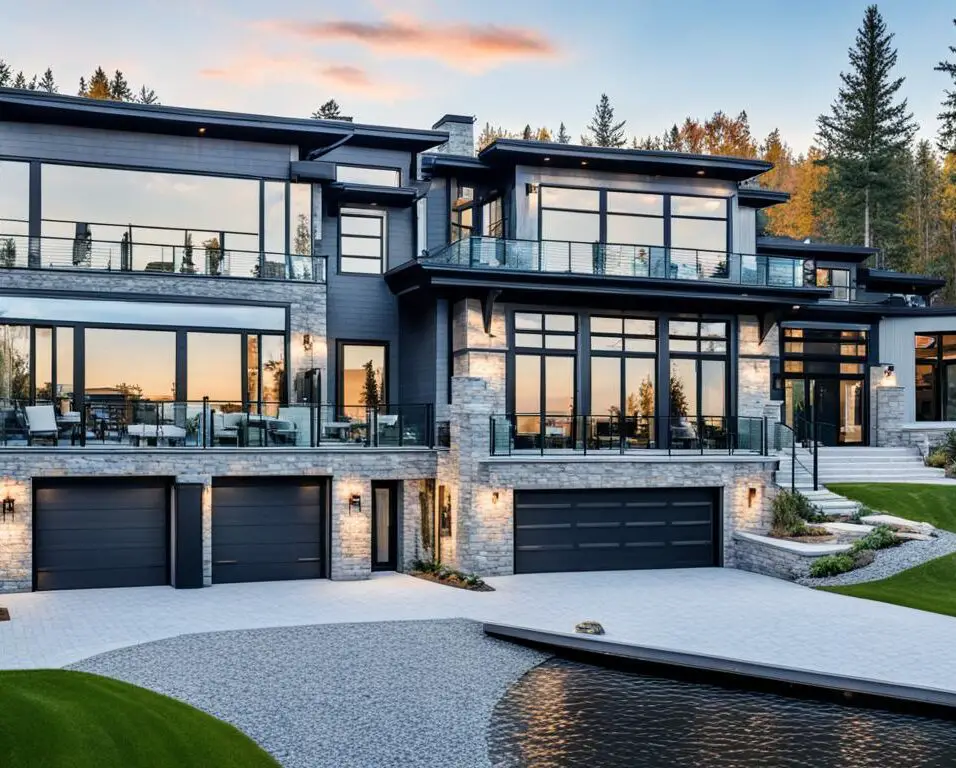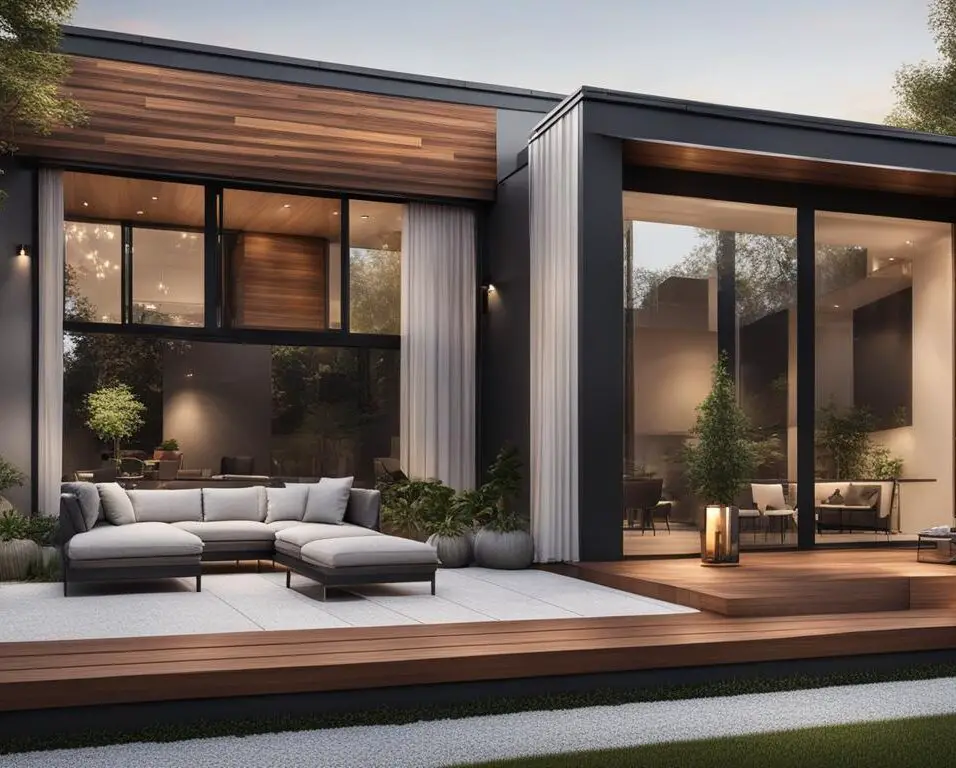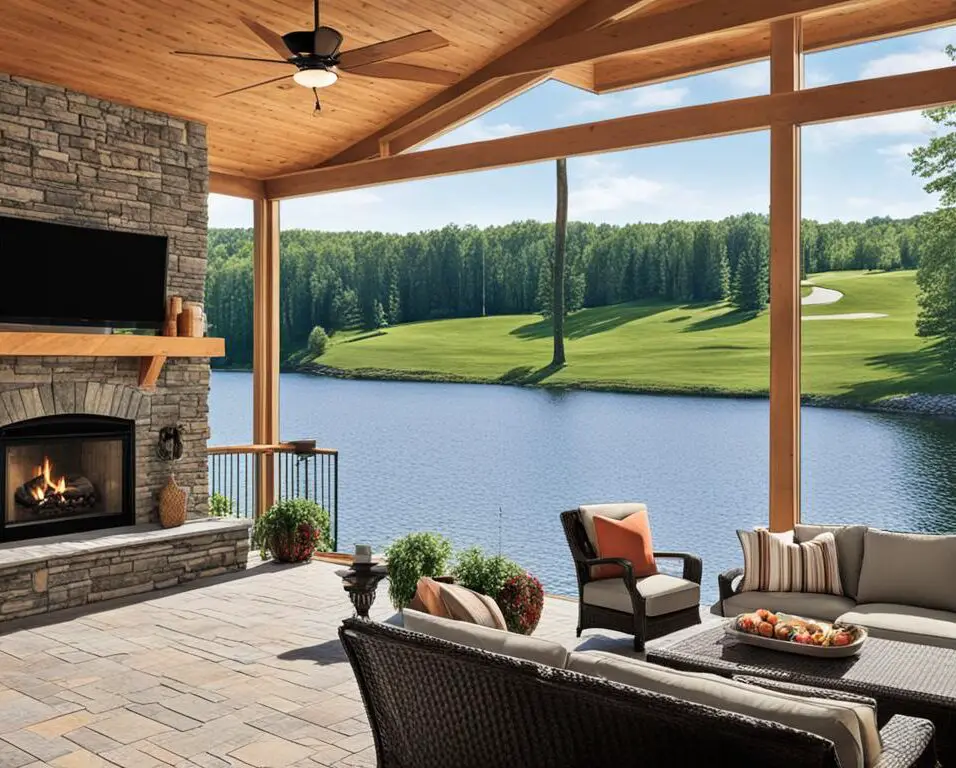What’s The Difference Between Potting Soil And Gardening Soil
Introduction
What’s The Difference Between Potting Soil And Gardening Soil: When it comes to gardening, one of the most important factors to consider is the type of soil you use. However, with so many options available, it can be confusing to understand the differences between various types of soil. Two common types that often cause confusion are potting soil and gardening soil. While they may sound similar, there are distinct differences between the two that can greatly impact the success of your plants.
Potting soil, also known as potting mix, is specifically formulated for use in containers and pots. It is designed to provide the ideal growing conditions for potted plants, ensuring they receive the necessary nutrients, drainage, and aeration. Potting soil is typically a blend of organic matter, such as peat moss or coconut coir, and various additives like perlite or vermiculite to improve drainage and aeration. It is also enriched with fertilizers to provide essential nutrients for plant growth.
Gardening soil, on the other hand, refers to the soil found in your garden or outdoor planting beds. It is the natural soil that exists in your yard and is typically a mixture of sand, silt, clay, and organic matter. Unlike potting soil, market gardening soil is not specifically formulated for container gardening. It is meant to support a wide range of plants, including flowers, vegetables, and shrubs, in an outdoor environment. However, the quality of gardening soil can vary greatly depending on factors such as location, climate, and previous use.
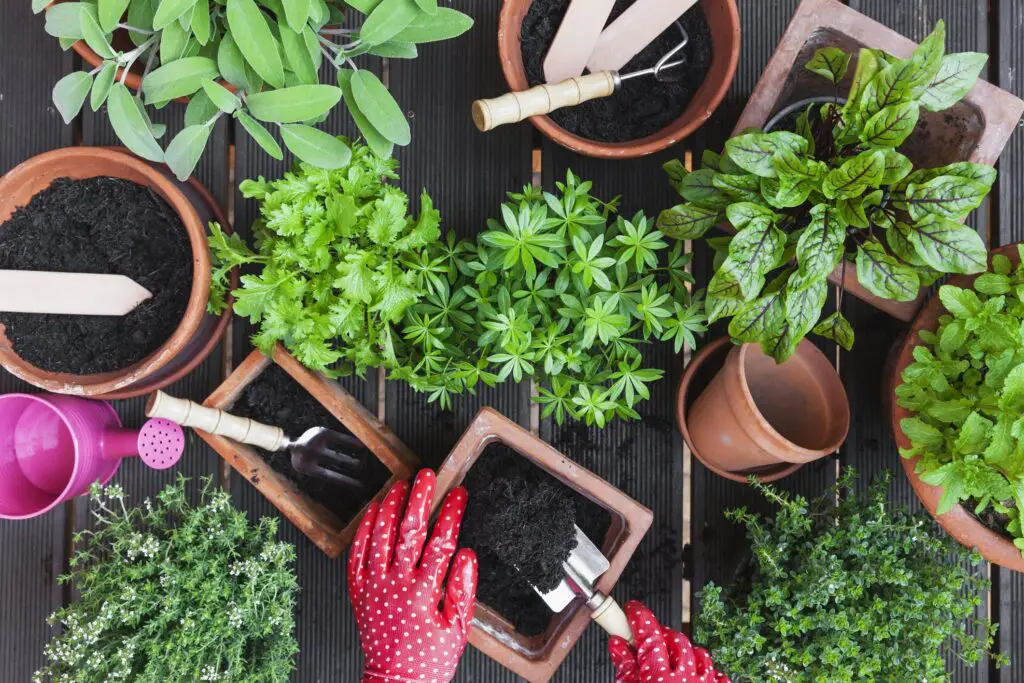
Can I use gardening soil instead of potting soil?
What each one means to you. Plants grow and stay healthy based on the dirt you use. A common question is whether planting dirt can be used instead of potting soil. These grounds are not at all the same, even though they look the same.
Flower beds, veggie gardens, and landscaping all need garden soil. It helps plants grow on the ground. Garden dirt often has topsoil, fertilizer, and other organic materials in it. Because it is heavy and thick, it holds water and nutrients longer than potting soil.
Potting earth, on the other hand, is made for plants that are in pots. It breathes and drains better than planting dirt because it is lighter and has more holes in it. Potting soil has things in it like peat moss, perlite, vermiculite, and other things that help roots grow. It’s cleaned so that weeds and bugs don’t get in and hurt the plants in pots.
For pots, you shouldn’t use gardening dirt instead of potting soil. If heavy gardening dirt doesn’t drain well, root rot and other problems can happen to plants in pots. Plants can get sick from weed seeds and diseases in the yard dirt. Garden dirt and potting soil are mixed together sometimes. The liquid needs to flow out and not stick.
Can I use garden soil for potted plants?
This could cause growth to be slow or stop. If garden dirt hasn’t been pasteurized, it can also have weed seeds, bugs, and diseases in it. On the other hand, potting mixes, which are also called soilless mixes, are made just for growing plants in pots.
It’s not a good idea to use yard soil for plants in pots. It might seem handy to use garden soil for your plants in pots, but this is not a good idea for a number of reasons. Garden dirt is often heavy and dense, which can make it hard for plants in pots to drain. This can flood the roots with water, which can cause root rot and other plant diseases.
Garden dirt may also have weed seeds, bugs, and diseases that can hurt your plants in pots. These are easy to get into your pots, and they can quickly spread and hurt your plants. Garden dirt might not have all the nutrients and pH balance that plants in pots need to grow well. Potted plants usually need a lighter soil mix that drains well so the roots can grow and the plant can take in nutrients.
Some people say to use potting mix instead of garden dirt because it is better for plants that are in pots. Most of the time, these mixes are lighter and have more holes in them, which makes them better for drainage and air flow. They also often have extra nutrients and the right pH level for plants to grow well.
Peat moss, perlite, vermiculite, and manure are some of the things that can be mixed together to make your own potting mix. This will help you make soil for your growing plants that drains well and is full of nutrients.
How do I make garden soil into potting soil?
Making Soil-based Potting Media
- Start with one gallon of sterilized loam soil, commonly called garden soil and sold at garden centers, and pour it into a clean, empty bushel basket
- Add one gallon of moist, coarse sphagnum peat moss, followed by one gallon of coarse sand, perlite, or vermiculite
A few easy steps are all it takes to turn yard soil into potting soil. Garden soil is denser and heavier, while potting soil is made for plants that will grow in pots.
First, check how good the soil is for your yard. Check the texture and content of a piece of soil. For pots, heavy yard soil that feels like clay might need more additives. But sandy soil might need more organic matter to keep water in it.
Change the yard soil to make it lighter and better able to drain to make potting soil. Organic materials like fertilizer or manure that has broken down can be helpful. These chemicals make the dirt better and give plants nutrients. Add organic matter to the plant soil and mix it in until it’s spread out evenly.
You may also need to change the pH of the dirt. A pH between 5.5 and 7.0 is good for most plants. Check the pH of your garden soil with a soil testing kit and add lime or sulfur as needed. Carefully follow the directions on the package to make sure you use it correctly.
Lastly, clean the dirt to get rid of any bugs or diseases that might be there. For 30 minutes, bake the dirt at 180°F (82°C). Killing harmful bugs will clean and get your potting soil ready to use.
What soil is best for potted plants?
Coconut coir fiber, vermiculite, perlite, organic fertilizer, sand, compost, peat moss, and important nutrients make up the best soil for plants in pots. There needs to be good air flow, water retention, and nutrients.
For potted plants to stay healthy and grow, they need the right dirt. The dirt in a pot gives a plant nutrients, lets water drain away, and gives the roots a healthy place to live. Because of this, it is very important to know the best soil for plants in pots.
When picking dirt for plants in pots, it’s important that it keeps water in. The dirt holds water because plants in pots can’t get to groundwater like plants that grow outside can. A good gardening soil keeps water in and lets it drain at the same time.
The amount of nutrients in potted plant dirt is another important thing to think about. Plants in pots can’t get nutrients from the air, so they need nutrients from the dirt. Rich dirt is important for plants to grow. There should be enough iron, magnesium, phosphorus, and potassium in it, as well as minor minerals like nitrogen.
The feel of the soil is also important. Potting dirt that is loose and airy is the best kind. This helps roots grow and get into the ground well. Over-compacted dirt makes it hard for roots to grow, which is bad for plants. Lastly, look for dirt that doesn’t have any bugs, diseases, or weed seeds.
Is potting soil only for pots?
Use potting soil, which is sometimes called “garden soil,” for gardening and planting that doesn’t take place in containers. It can also be put in big raised beds or pots.
A lot of people who plant use potting soil. But a lot of people aren’t sure if potting soil is only for pots. The purpose of potting soil and its possible uses are talked about in this piece.
Potting soil, which is also sometimes called potting mix, is a carefully mixed dirt that is great for plants that grow in pots. Most of the time, peat moss, manure, perlite, and vermiculite are used. This blend keeps water in, drains well, and gives plants nutrients.
Potting dirt is usually used for plants in pots, but it can also be used for other things. You can plant flowers and veggies in raised beds and garden boxes with potting soil. Potting soil works well in these areas because it is light and doesn’t stay soggy.
It’s also possible to start seeds indoors with pot soil
Because it is clean and full of nutrients, potting soil is great for seeds to grow in. Potting dirt gives young seedlings the food and water they need to grow into healthy plants.
But potting soil might not be the best choice for all planting tasks. For in-ground plants or big outdoor pots, you might need dirt that is made for those conditions. To find the right soil, you should always talk to a horticulturist or read the signs. Potting soil and planting soil are used for different things. What makes them different is their makeup, nutrient content, ability to hold water, drainage, and how they are used.
Potting dirt is made for planters and pots. Plants in pots need fertilizers, a way to keep water in, and ventilation. Potting soil that is lighter and fluffier lets more air in and helps roots grow. It could have perlite, vermiculite, peat moss, or coconut coir in it to help it flow.
How does potting soil differ from gardening soil in terms of composition and nutrient content?
Potting soil and gardening soil differ in their composition and nutrient content. Soil is specifically formulated for use in containers, while gardening soil is designed for use in outdoor garden beds.
Potting soil is typically lighter and more porous than gardening soil, allowing for better drainage and aeration in containers. It often contains a mixture of organic materials such as peat moss, compost, and perlite, which help retain moisture while preventing waterlogged roots. Additionally, potting soil is usually sterilized to eliminate weed seeds and harmful pathogens.
On the other hand, gardening soil is typically heavier and denser, providing a stable environment for plants in the ground. It often contains a mixture of topsoil, compost, and sand, which provide a balance of nutrients and water retention for plants in outdoor beds. Gardening soil may also contain natural additives like bone meal or lime to enhance nutrient availability.
What specific characteristics make potting soil more suitable for container plants compared to gardening soil?
Potting soil is specifically formulated to meet the unique needs of container plants. Unlike gardening soil, which is designed for use in outdoor garden beds, potting soil is lighter and more porous. This allows for better drainage and aeration, which are crucial for the health of plants grown in containers.
In addition to its superior drainage capabilities, potting soil also tends to be more nutrient-rich than gardening soil. Container plants rely solely on the nutrients provided in the potting soil, as they cannot access the surrounding soil like plants in garden beds can. Therefore, potting soil is often formulated with a balanced blend of organic matter, such as compost or peat moss, and added nutrients like nitrogen, phosphorus, and potassium.
In what ways do potting soil and gardening soil vary in terms of water retention and drainage capabilities?
Potting soil and gardening soil differ significantly in their water retention and drainage capabilities. Potting soil is specifically formulated to provide optimal drainage for container plants, allowing excess water to flow out easily. This is crucial for preventing waterlogged roots, which can lead to root rot and other plant diseases. The composition of potting soil typically includes materials such as perlite or vermiculite, which help improve drainage.
On the other hand, gardening soil is designed to retain moisture for longer periods, making it suitable for plants grown directly in the ground. It contains a higher percentage of organic matter, such as compost or peat moss, which helps retain water and nutrients. This is beneficial for plants that require a consistent moisture level, especially during dry periods.
Can potting soil be used interchangeably with gardening soil, or are there specific scenarios where one is more appropriate than the other?
Potting soil is specifically formulated for container plants and is designed to provide the necessary nutrients and support for plants grown in pots or containers. It is typically lighter and more porous than gardening soil, allowing for better drainage and aeration. This is important for container plants, as excess water can easily accumulate in pots, leading to root rot and other issues. Potting soil also tends to have a higher nutrient content, as container plants rely solely on the nutrients present in the soil.
Gardening soil, on the other hand, is used for plants grown directly in the ground. It is typically heavier and denser than potting soil, as it needs to provide more stability and support for plants in outdoor gardens. Gardening soil also tends to have a lower nutrient content compared to potting soil, as plants in the ground can access nutrients from the surrounding soil and organic matter.
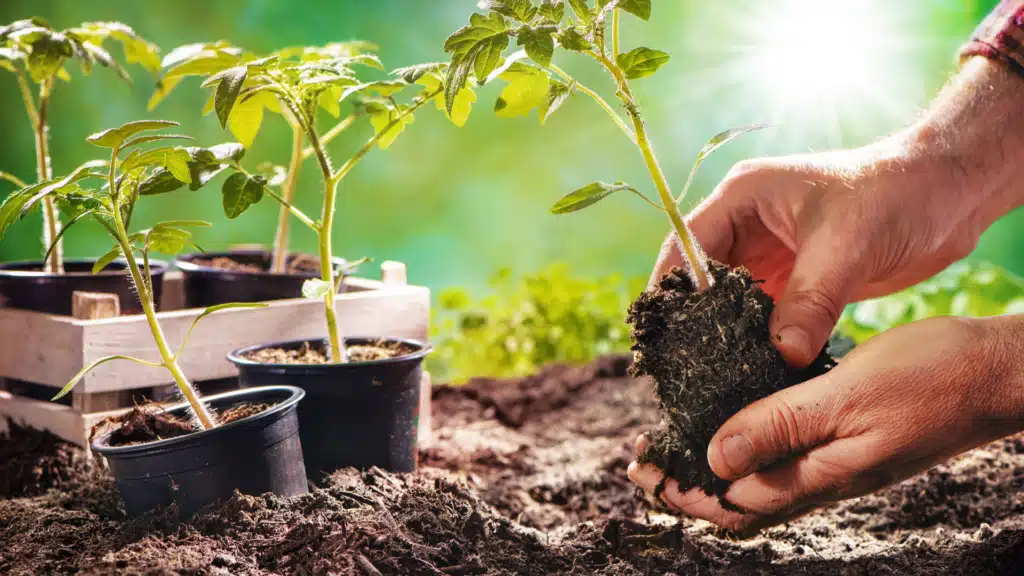
Conclusion
Another key difference between potting soil and gardening soil is the presence of additives and fertilizers. Potting soil is often enriched with organic matter, such as compost or peat moss, as well as essential nutrients like nitrogen, phosphorus, and potassium. These additives help to promote healthy root growth and overall plant development. In contrast, gardening soil may not contain as many additives or fertilizers, as outdoor gardens often rely on natural soil fertility and the addition of organic matter through composting.
The pH levels of potting soil and gardening soil can vary. Potting soil is typically formulated to have a neutral pH, which is ideal for most potted plants. This allows for optimal nutrient uptake and prevents the soil from becoming too acidic or alkaline. On the other hand, gardening soil may have a slightly acidic or alkaline pH, depending on the specific needs of the plants being grown. Some plants, such as blueberries, prefer acidic soil, while others, like lavender, thrive in alkaline soil.
While both potting soil and gardening soil serve the purpose of providing a medium for plant growth, they have distinct differences in terms of composition, drainage, additives, and pH levels. It is important for gardeners to understand these differences and choose the appropriate soil for their specific needs. Using the wrong type of soil can hinder plant growth and lead to poor results. By selecting the right soil, gardeners can ensure that their plants receive the necessary nutrients, drainage, and pH levels for optimal growth and health.



